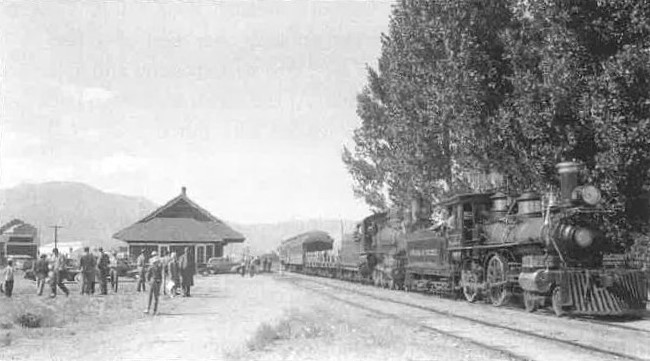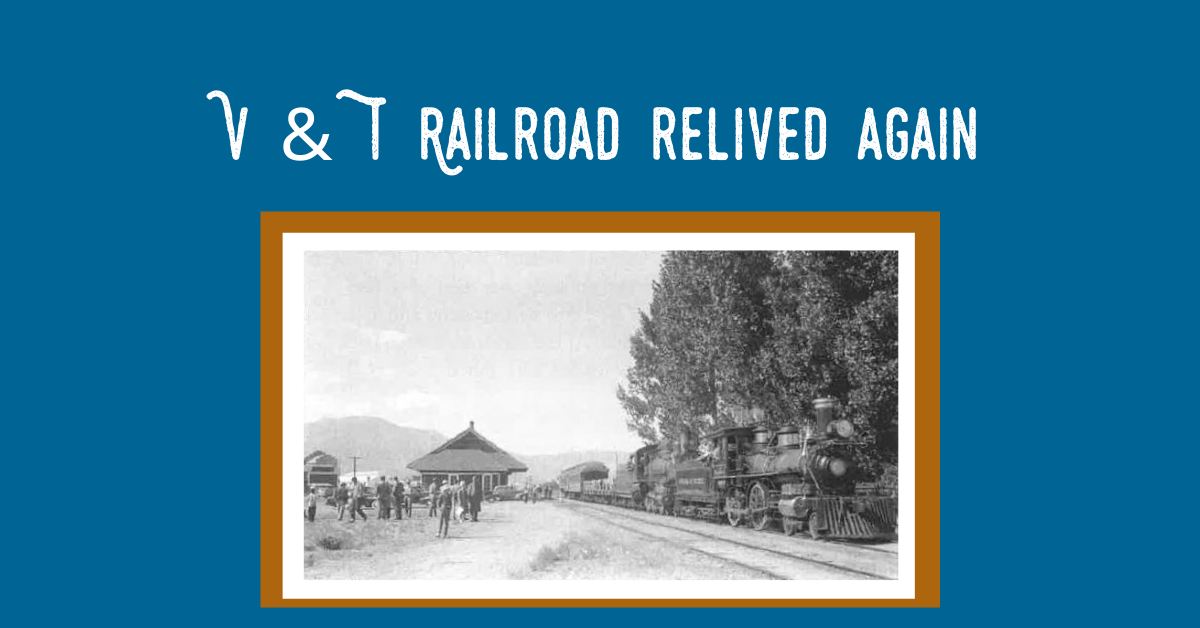Frieda’s Files are a collection of historical short stories about Carson Valley by Frieda Cordes Godecke, published in The Record-Courier. Reproduced here with permission from the Cordes Cousins, and their book “Frieda’s Files”.
August 31, 1978: V & T Railroad relived again
“All aboard! All aboard!”
This is 1920. We are at the Virginia and Truckee Railroad Depot in Minden, Nevada, and are about ready to take a memory ride on the V & T to nearby Carson City. So step up on the small stool, folks, and take the hand of congenial Jim Costello. Conductor Jim is as handsome as ever in his shiny black suit and black cap. He wishes you a pleasant ride as he guides you into the canary yellow passenger car in back of Engine No. 26.
Should your fingers and toes be a bit cold, stop for a minute to warm them at the pot-bellied iron stove, and for convenience, a bucket of coal stands to one side.

The Virginia and Truckee on its last run into Minden on May 31, 1950. (Photo taken by Herman Wilcks)
Find a place for your satchel or grip in the long metal trough that runs the length of the upper part of the car. Before you sit down, stop to admire the red plush seats, beautifully enhanced by scrolled brass trim.
You wonder why a dull haze seems to cover everything in the car. You find it difficult to look through the windows to see the smiling faces of those who have come to see you off. When conductor Jim opens the door of the stove to stoke the fire and clouds of black smoke billow into the car, you wonder no longer. The painted ceiling characteristic of this period, as well as the oil wall lamps, are dim with the same smoky film. Even the brass spittoons are dull from the haze or from the numerous scrubbings to keep them clean.
Mail is being loaded into the mail car or Railroad Post Office. Several people hurry to send a last-minute letter on its way, as this is indeed a post office on wheels, complete with slots and other conveniences.
A sudden jerk tells us we are about ready to begin our journey. As we move slowly from the depot, we switch back and forth a number of times to attach freight, oil, and box cars loaded with hay, grain, wool, and other Carson Valley products.
Huffs and puffs spill from Engine No. 26, and the train bell and whistle tell us we are on our way. Just out of Minden the track leads through a dense growth of willow where inhabitants of “hobo jungles” wave a friendly greeting as we pass through their camp. You can almost smell the coffee and bacon cooking over their open fire.
Again more whistles, as we come to a crossing and approach the Dangberg Sheep Camp Ranch. At the ranch we switch back and forth again to take on box cars loaded with fatted beef, hogs, and lambs.
A short time later, we pass the Section House – a group of buildings that house the V & T maintenance crew. These are the men who carefully inspect the tracks and make repairs when necessary. Supplies are kept at the Section. The men ride their small hand-manipulated cart which runs on the tracks and takes them the distance from Carson City to Minden. Their vehicle is known as the section car or hand cart.
The train takes us through a long stretch of sagebrush and pasture land. Horses that have wandered too near the track are startled by the sudden appearance of the noisy black and yellow monster invading their domain. They lift their heels and make every effort to find safer territory. Coyotes race through the fields, and jack rabbits scurry into the sagebrush.
It is a thrill to rumble over the old trestle bridge that spans the Carson River east of Cradlebaugh! We feel secure as we know it has withstood all floods and high water in the past years.
We recall, even now, the days not too far gone when logs to be used in the Virginia City mines floated down this very stream.
We stop again just over the hill at Stewart to drop off mail and to pick up oil cars on a side track. A few passengers also board the train for the last lap of the journey into Carson City.
Before our trip ends, conductor Jim makes it a point to introduce us to the other member of his crew – Fireman Bill Recker who keeps the water boiling so the engine can function properly, the capable engineer Jim Savage, and the main in charge of the baggage, Jim Nulty.
All too soon we are in Carson City, and our memory train ride has ended. Some of us find it convenient to do some much needed hasty shopping in the “Big City” and still be ready to catch the “Motor” for our return trip to Minden.
The dull red gasoline-engined Motor was similar to a large bus. It ran on the railroad tracks and accommodated some 30 or 40 people. One had the feeling of true luxury while gliding along smoothly over the tracks on upholstered seats covered with real leather. It arrived in Minden each day promptly at 4 p.m. In addition to its regular run, the Motor was quite often charted by groups from Reno or Carson City for special events in Carson Valley.
Some of us recall pleasant rides on the little yellow “Canary” which was often chartered for high school basketball trips to nearby towns. At one time it had been a small white bus. Now its regular wheels were replaced by railroad wheels and the whole bus was painted a bright canary yellow. It chugged its way over the tracks at amazing speed.
The Canary was the joy of all young people. When it carried both boys and girls basketball teams to Carson City, Reno, or Virginia City, it was a bit overloaded, but that seemed to be no problem.
Lake View Hill was more than the little Canary could handle, but the stalwart young men on the basketball team were happy to give it a boost and shove it up the steep incline and through the short tunnel at the top of the hill.
The V & T found its way to Minden, Nevada, for the first time on August 1, 1906. It served the people of this community faithfully until May 31, 1950, the day it made its last run into Minden.
Current day note: Bently Heritage Estate Distillery is in the location of the original V & T train depot. Heybourne Road was the path of most of the train tracks.



